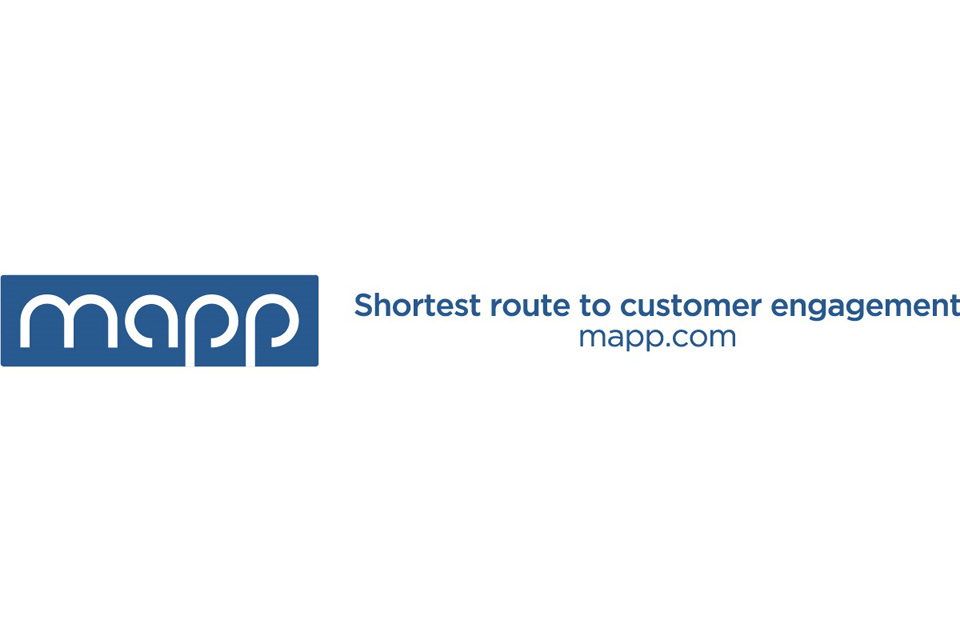By Carrie Webb, Head of Content, The Bigger Boat
It’s no secret that a brand’s content is hugely important. It can mean the difference between and organisation being discovered online or not.
But so much more than that, quality content elevates brand perception, nurtures lasting relationships with an audience and enables companies to build authority and credibility.
In such a content-rich environment, it can be difficult to know how to grab consumers’ attention, drive real engagement, create conversations and ultimately increase conversions. Whether it’s via a well-designed infographic, a collection of helpful blog posts or a fully-fledged PR campaign, here’s how to give great content the best chance of surviving and reverberating in such a crowded place.
Build out a strategic approach
Don’t create content simply for the sake of posting something. There should be a sound detailed strategy behind it that takes into account many factors, but most importantly aims to create a connection between brands and consumers.
The first step is to identify the brand’s strengths and consider this alongside a competitor’s offering. Take a holistic view of how those in the same space behave, and look at the types of content they’re producing – what’s working and what isn’t and, crucially, how audiences are responding.
A structured, analytical approach is required to then apply learnings to the content strategy. This will provide internal guidelines and is the brand’s ‘why’ and ‘how’.
Begin by defining audience personas (include their needs, where they consume content and any challenges and pain points), the organisation’s story and messaging and nail down content purpose.
There should also be considerations for business-wide and content KPIs. Detail success metrics for every piece of content – traffic, views, shares, conversion rate, brand awareness, for example – and jot down outreach plans for them. Collating and assessing all this information leaves an overarching strategy that plans ahead for every aspect of the organisation’s marketing activity in an effort to produce the best results.
Consider shareability from the outset
Creating a fantastic piece of content that ticks all the boxes – for example, it’s user friendly, relevant, and has SEO coursing through its veins – is great, but it’s not enough to simply upload and sit back in the hope results will flood in.
If a business isn’t promoting its own content, it’s missing out on many outreach possibilities. There’s no harm in giving customers a helping hand in finding content. If there’s budget, look towards PR, consider paid promotion or use influencers to shout about the work.
Email marketing provides a good way to round-up and tease content on the brand’s site and, of course, sharing contentacross the relevant social platforms is always a winning tactic when looking to start conversation.
Finally, don’t underestimate the value of employee advocacy. If a workforce shares its content, this shows customers that staff members have bought into the brand – and its content is credible. It also ensures a much higher reach without having to put extra budget behind it.
Write for the desired audience
A business should know its audience better than they know themselves, and create content that perfectly tailors to their needs and behaviour. This is key to content success.
Provide answers to questions asked, offer a viewpoint on topics customers are interested in, and ensure the brand is operating in a space where the target market is digitally active.
Genuinely useful, purposeful content gains more traction and is more likely to resonate in a meaningful way. Knowing – and serving – an audience is vital in content marketing. After all, the goal isn’t always to simply clinch a sale – there needs to be an effort to work hard and gain their trust, and convert them into advocates. Consistent, quality content that provides for their needs should do just that.
Ensure CTAs are simple and structured
Find subtle ways to encourage an audience to share thoughts, move through to another piece of relevant content or perform a customer action. Whether it’s to download a PDF, buy a product or simply head on to another blog within the site, the call to action (CTA) should be well-designed and strategically placed, with clear and compelling text.
Use the right words to give the CTA an obvious thrust – the user must be left in no doubt as to what’s being asked of them, and what they’ll receive if they click.
Make it timeless
The best content is evergreen – it doesn’t have an expiry date. Its information is as useful and relevant now as it will be five years down the line.
‘How to’ guides are a great example of content that doesn’t date. While there will always be a place for seasonal, topical content, it won’t have much appeal once conversation around it has subsided and an organisation is left with an initial increase in traffic that will quickly fade.
During its 20th anniversary celebrations in September 2018, Google announced a selection of new search features. Among them was the ‘Topic’ layer in the search, which aims to recommend new content to the user after analysing the web for a topic and developing a huge range of subtopics. It favours the most relevant content, namely that which has shown itself to be ‘evergreen and continually useful, as well as [being] fresh content on the topic’.
Harness the power of analytics
Insights software provides invaluable data as to how content is performing and can help to make strategic decisions.
For each piece of content created, its objectives and goals should have been set out in the content strategy at the very beginning of the process – using analytics gives specifics of whether it’s meeting them. Find out what’s working and what’s not by measuring traffic, bounce rate, dwell time and engagement, for example.
If content isn’t doing too well, an organisation will gain insight into why that is, and should make changes accordingly to avoid making the same mistake with future content.
Using an analytics tool should be routine for content marketers – do it correctly and learn what makes users tick, where they’re coming from, what type of content they favour and easily pinpoint successes, and where improvements are needed.
Apply detailed consideration to the strategy behind content as well as its aftercare and ensure it works as hard as it can for the brand.
With time, effort and consistency in the approach, content will find its place with the right audience, help raise brand perception and generate the desired results.
Carrie Webb is head of content for The Bigger Boat – a creative digital marketing specialist business based in Yorkshire.










